LA’s indie spaces give the mega-galleries a run for their money
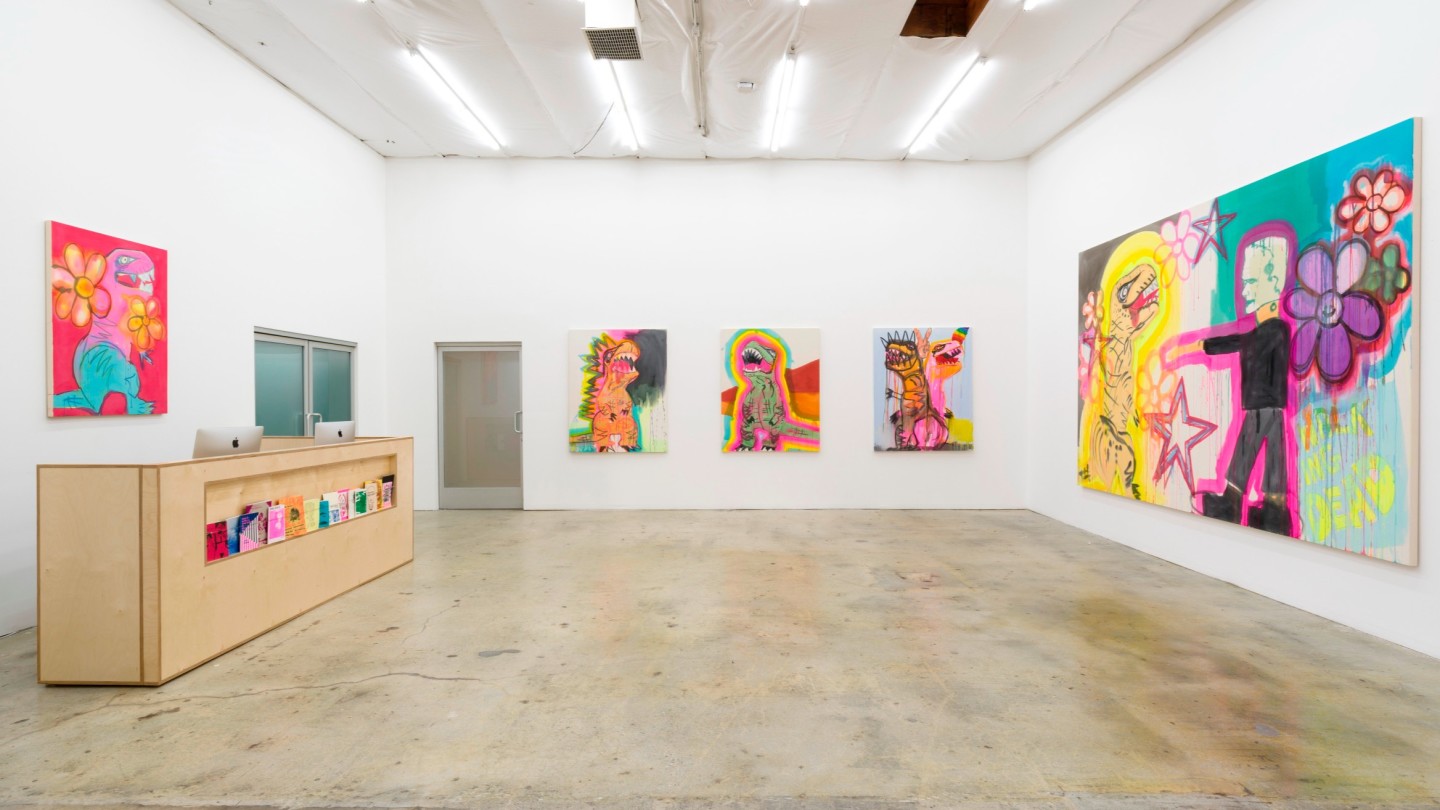
Roula Khalaf, Editor of the FT, selects her favourite stories in this weekly newsletter.
To understand the arts in Los Angeles is to look at the city’s architecture and infrastructure — or the lack thereof, long decried by artists. It’s a city which has been rich in space and art, but not art spaces. Independent art galleries and platforms have led the charge to transform the sprawling landscape by using unusual or unexpected locations.
“There’s tons of different types of spaces that people are doing programming out of,” says artist and gallerist Adam D Miller of The Pit, which is housed in a former mechanic’s shop.
Spaces are broadly construed: poolside, garages, disused lots, apartments, gardens, empty storefronts, private homes . . . It’s through this architectural diversity that these independent art spaces fold back into LA itself, its history and current communities. Their impact? The art of sharing the city with one another.
The Pit
As an artist-run space, co-founded and run by Miller and Devon Oder, The Pit in Glendale has exhibited more than 800 artists since its inception in 2014 and now represents a market-hot roster (such as Liz Markus and Devin Troy Strother). “We bring a different context to the art we show,” Miller says. As it approaches its 10th anniversary, still in its original space, The Pit manages the balance between commercial viability and being “small and scrappy”, as Miller says.
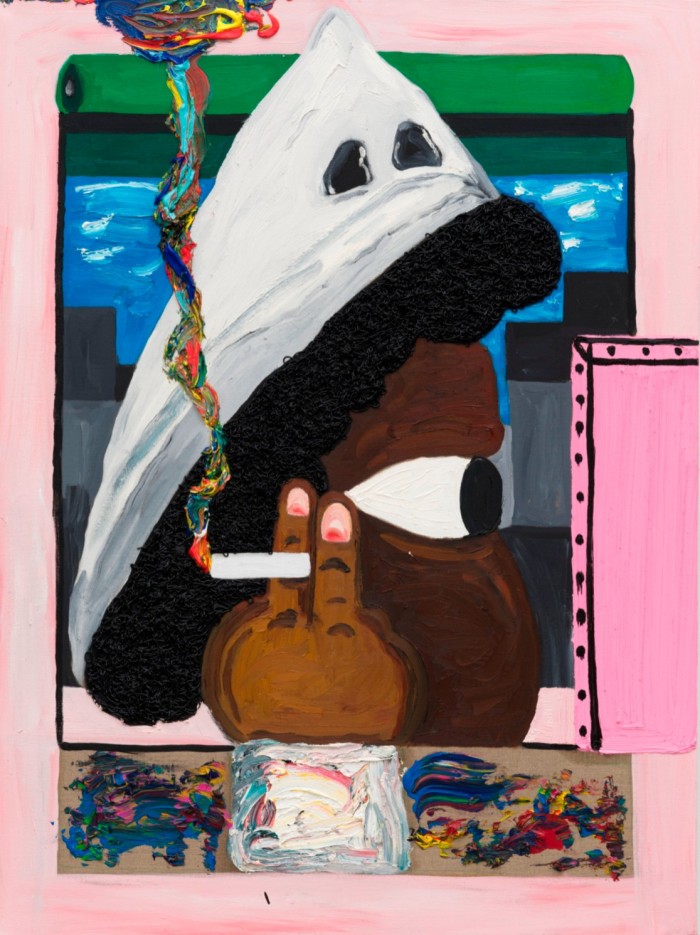
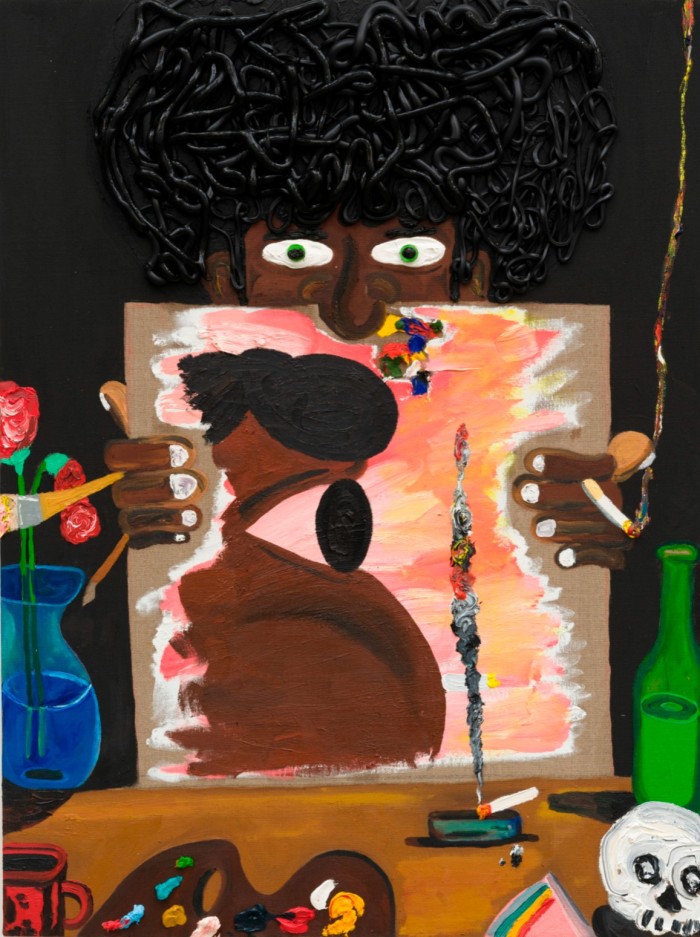
As a participant in art fairs such as Frieze LA, Armory NY and NADA Miami, The Pit has led the pack for alternative art spaces in Los Angeles. “Ten years ago artist-run spaces probably didn’t interact with collectors very much at all,” says Miller. And now? “We aren’t just cool, but doing business, like, actually have a client base and are making deals.” One of The Pit’s artists has even started to work with Almine Rech, a much bigger operation.
“There’s so much opportunity and room to work together,” says Miller.
Castle
Harley Wertheimer’s living room, dining room and foyer in Hancock Park are home to the one-year-old Castle gallery. Developing a buzz for its shows with Peter Shear and Max Xeno Karnig, Castle Gallery takes inspiration from Paul Soto’s and O-Town House’s residential model before him. “My eye was drawn to stuff that would make sense domestically,” says Wertheimer of his impetus to host at home. (The lack of overhead helps.)
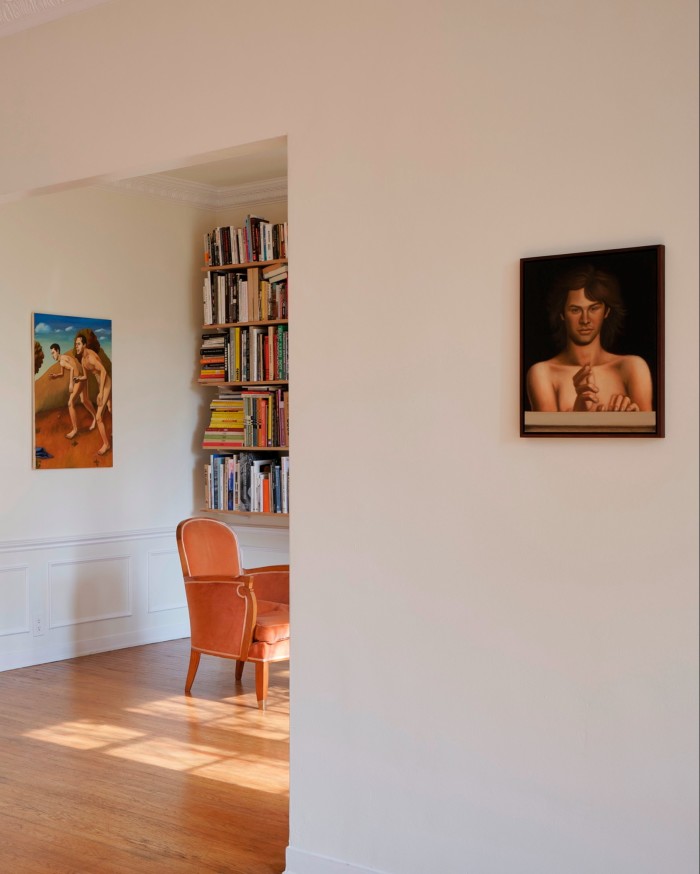
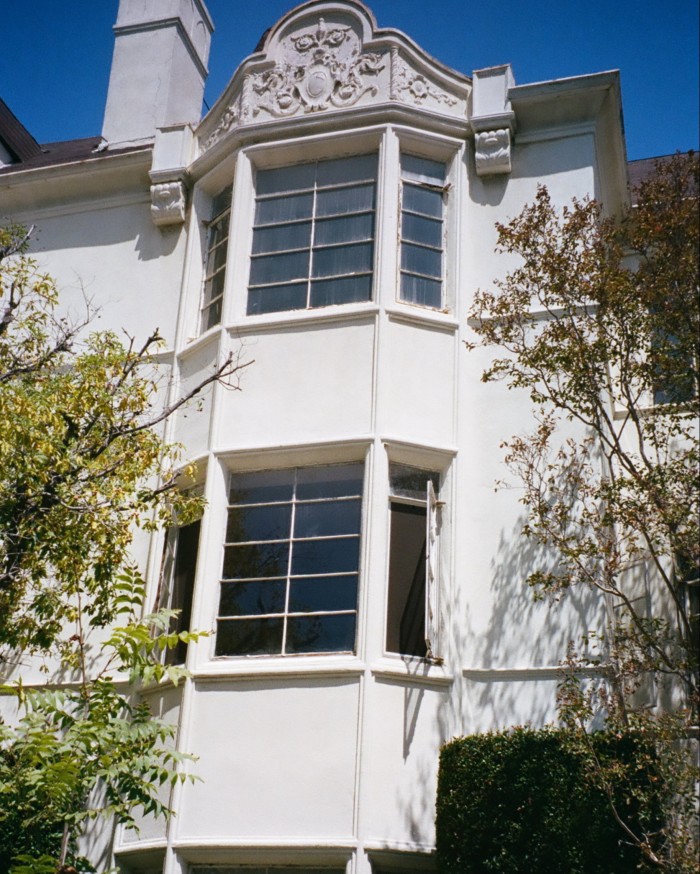
A Columbia Records executive by day, Wertheimer “clicked” with art through the pursuit of collecting, but as his own music community transformed, he saw an opportunity to “show people what I was excited about”, he says. Castle’s openings are on Saturday mornings (The Disappearing City opens February 11), where wine is swapped for espressos and stilettos for strollers.
“Everyone seems to be rooting for each other,” says Wertheimer of the indie scene. “Our peers seem very overlapped spiritually, but also are doing their own thing practically.” That attitude extends to the incoming mega-galleries. “LA is a wild place, you know,” Wertheimer says. “It takes a minute to get situated. But if it makes the community stronger, it ultimately drives more people to come see Castle.”
Emma Gray HQ
Emma Gray instantly saw the potential of the renovated five-car garage in the home she bought on a hilly street in Santa Monica. “It had an automatic association with a gallery,” says Gray. Since 2013, Gray has cultivated the careers of Rema Ghuloum, Pascual Sisto and Nikki Darling, mounts regular exhibitions in Five Car Garage (with a focus on women artists) and curates pop-up shows of her roster in venues across LA.
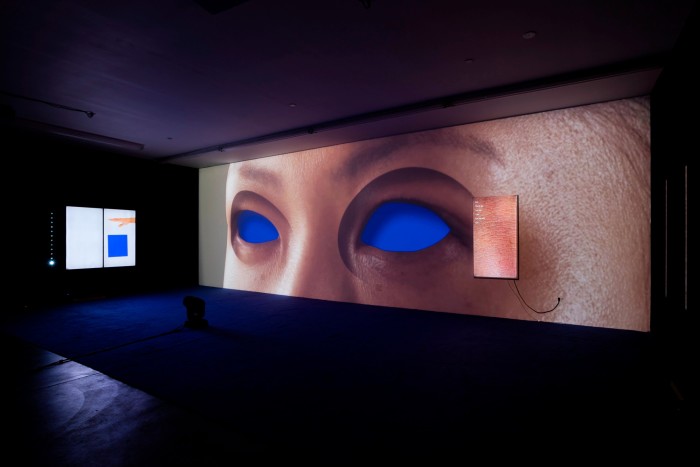
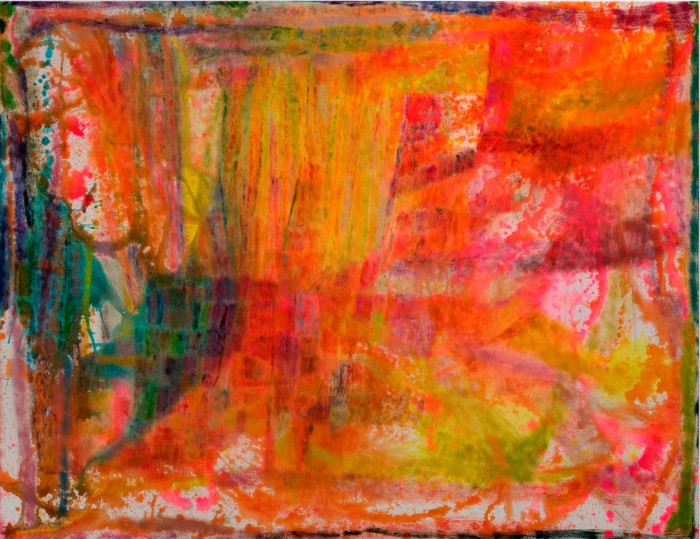
“My operation kicks against conformity,” Gray says, having learnt the traditional model while working in a New York gallery. Dubbed a “healer and dealer” by her artist Jennifer Sullivan, UK-born Gray has taken a “nurturing and building from the bottom up” approach to running the gallery. Above the exhibition space is Gray’s painting studio as well as an “energetic residency” (a place for mediation), where she leads her healing practice.
“I feel very supported by artists,” Gray says. “People know who’s got integrity and who hasn’t. I also have a cool group of collectors all over the world who understand what I’m doing.”
Stroll Garden
“We’re just not interested in pressuring artists the way I’ve seen them be pressured before,” says Claire Vinson, who founded Stroll Garden with her husband Phillip Williams in 2021 in a Fairfax storefront near The Grove mall. They wanted to “represent artists that we feel passionate about and have the programming be on our own terms”, which happens to be (mostly) women ceramicists of diverse backgrounds.
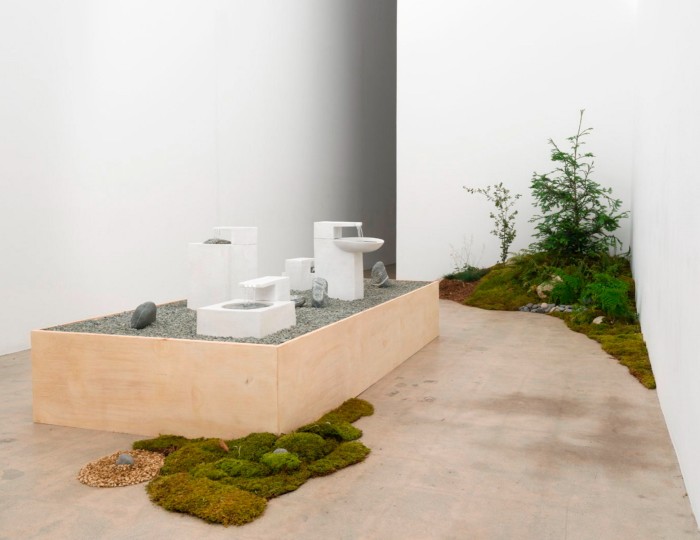
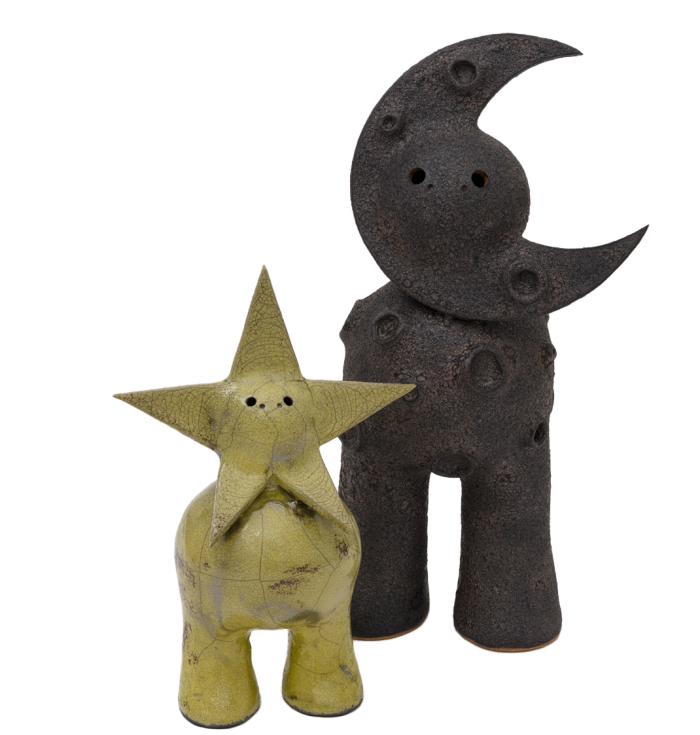
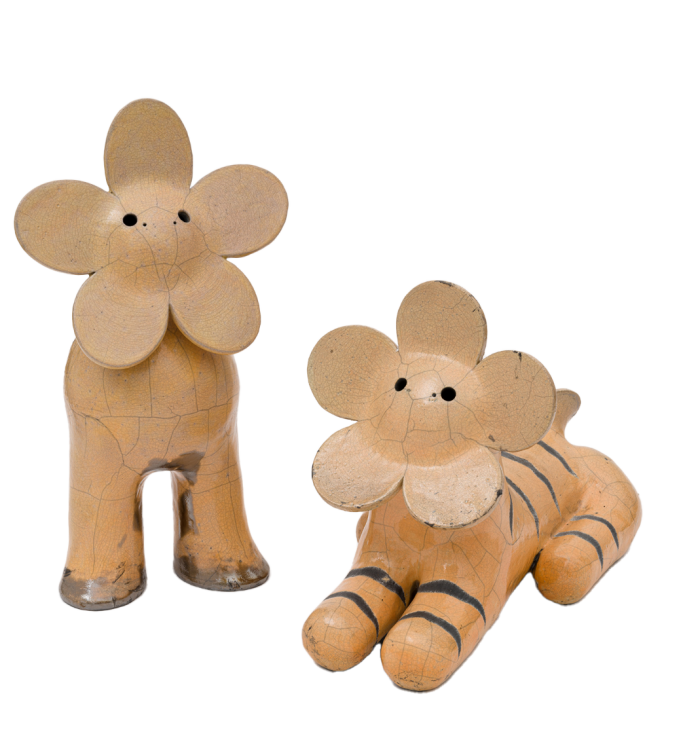
The couple were “drawn to the openness” of LA, and left art and music careers in New York to head west where they felt the art scene could give artists “room to experiment and space to be themselves”. In its first year, Stroll Garden has won the Best Curio Presentation prize at Design Miami and launched Jane Yang-D’Haene and Lily Clark. The gallery has also secured spring programming with next-gen stars Armina Mussa and Tyler Kibbe.
“We’re interested in showing how ceramics can do so many different things,” Vinson says, which has brought in an audience from museum board members to interior designers to the local Korean community, whose own artistic traditions are steeped in clay. The gallery’s current show of Jeffery Sun Young Park (to February 19) showcases a “radical queer Corean [sic]” take on dokkaebi, mischievous spirits in Korean folklore.
Del Vaz Projects
Since it was founded in his west Los Angeles guest bedroom in 2014, Jay Ezra Nayssan’s Del Vaz Projects has been heralded in the LA art scene as a vanguard of taste, highlighting artists such as Max Hooper Schneider and Anne Libby. In fact, Frieze LA has tapped Nayssan to curate the five-site Against the Edge section for Frieze Projects this year.
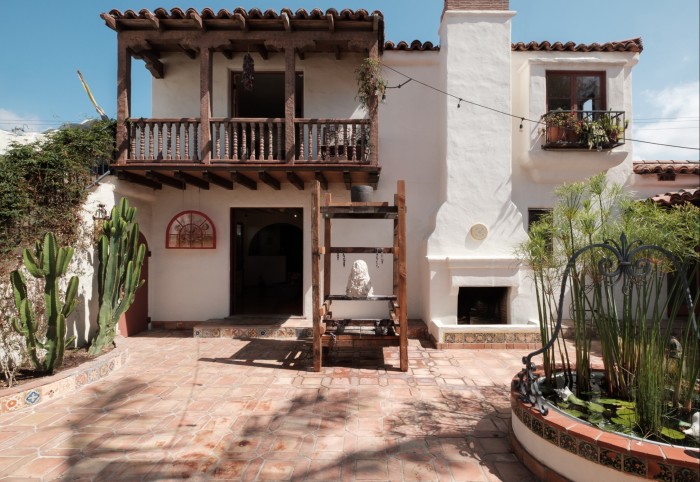
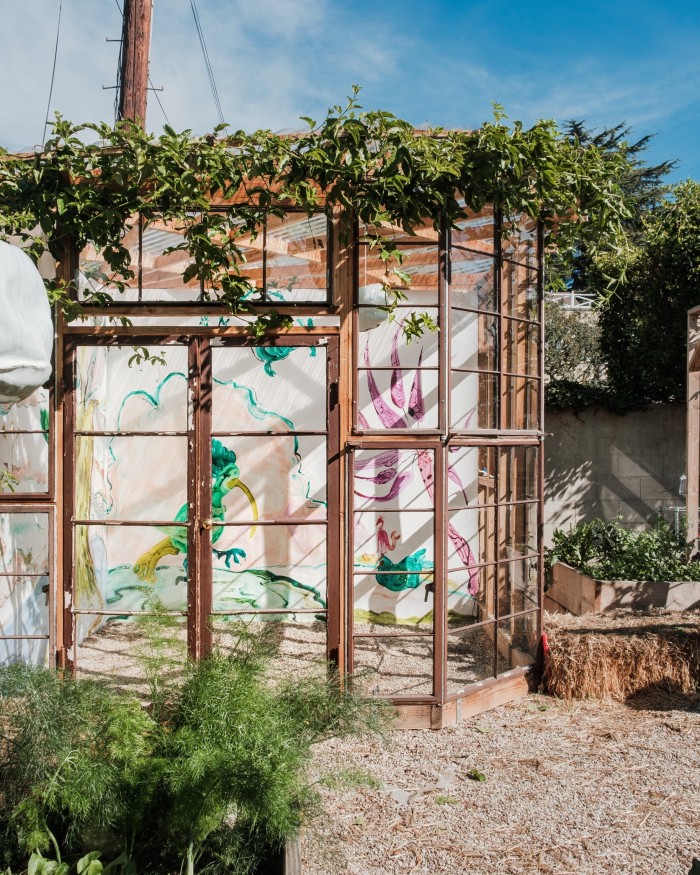
In 2020, Del Vaz had an upgrade: its ever-expanding exhibitions now take place in the Santa Monica Hills home of Nayssan and his partner, Max Goldstein. It wasn’t “until we moved into the house and it became a non-profit” that Nayssan figured out how to structure the model to provide meaningful support through artwork sales. “A lot of artists, writers and curators depend on Del Vaz as Del Vaz depends on them,” says Nayssan, who also maintains his management job in construction to ensure the platform keeps going. “Community is everything,” he says. “If that’s not cultivated or protected, that’s what could be its shortfall.”
The couple’s garden also serves as a gallery-farmstead, where its yields (like beeswax from their hives) are used for their “apothecary”; its profits then fund public and educational programming. Del Vaz invites artists, too, to “make a contribution” to the shop — a linen tablecloth by Piero Golia, containers from A-Z West by Andrea Zittel, loquat jam by Nicolette Mishkan.
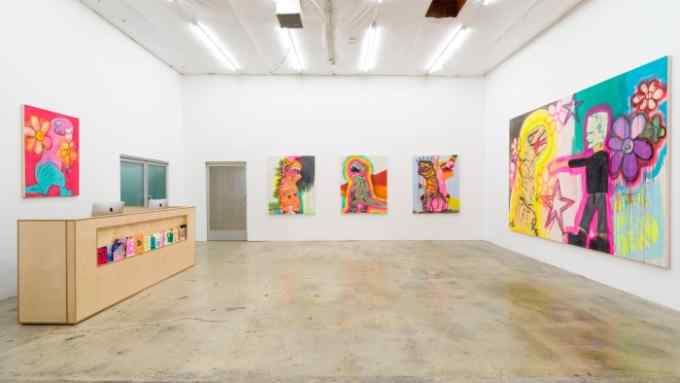
Comments